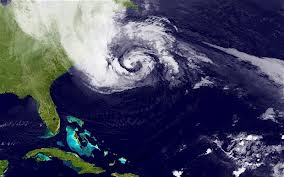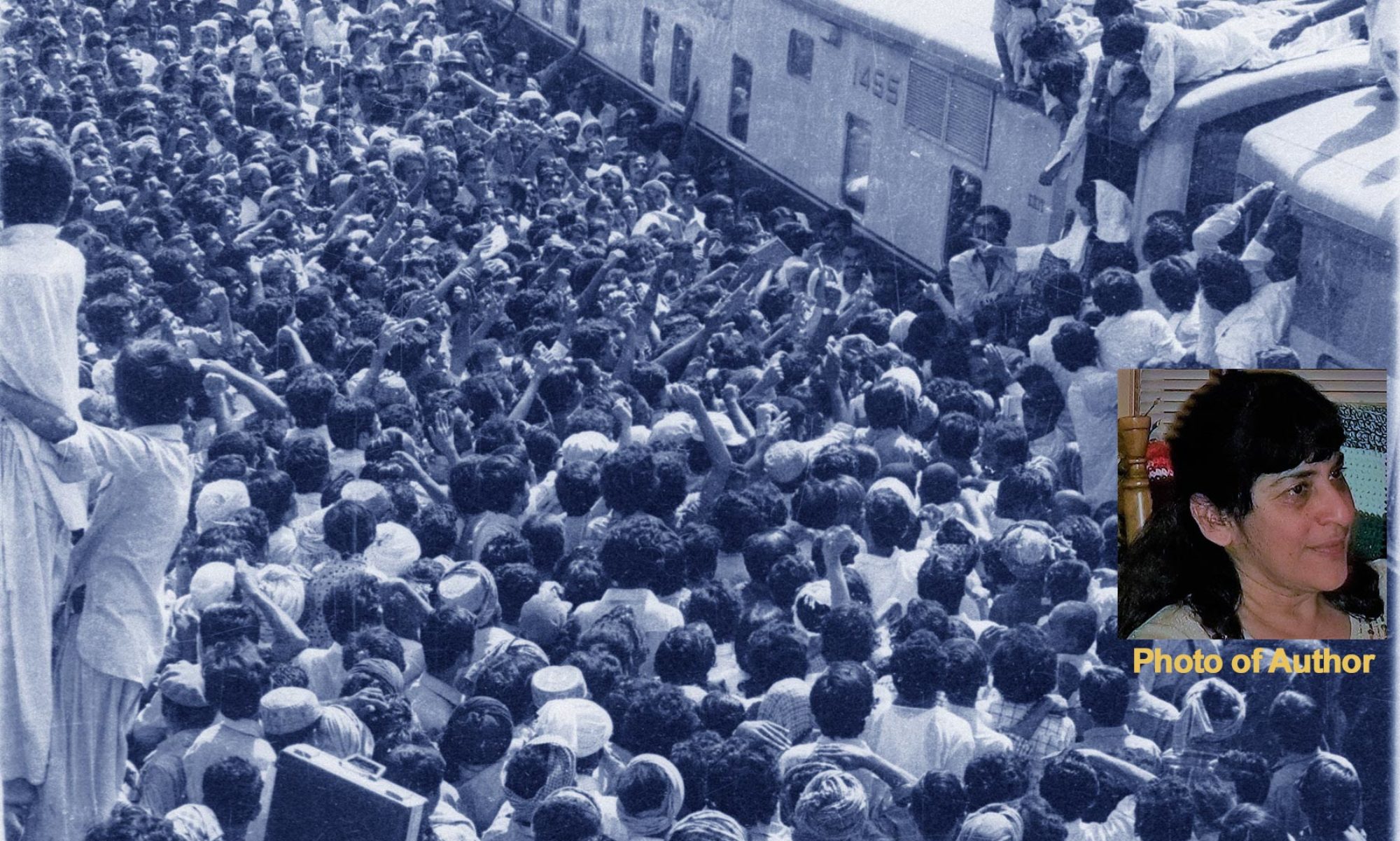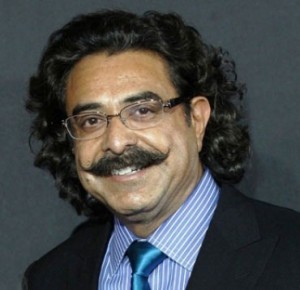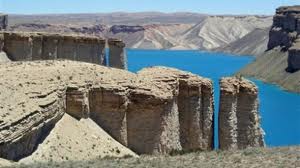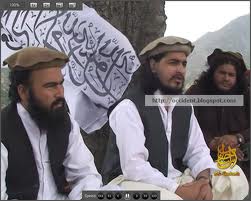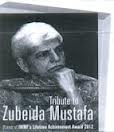Washington, Oct 23: Over the past two years, the Obama administration has been secretly developing a new blueprint for pursuing terrorists, a next-generation targeting list called the “disposition matrix.”
The matrix contains the names of terrorism suspects arrayed against an accounting of the resources being marshaled to track them down, including sealed indictments and clandestine operations. U.S. officials said the database is designed to go beyond existing kill lists, mapping plans for the “disposition” of suspects beyond the reach of American drones.
Although the matrix is a work in progress, the effort to create it reflects a reality setting in among the nation’s counterterrorism ranks: The United States’ conventional wars are winding down, but the government expects to continue adding names to kill or capture lists for years.
Among senior Obama administration officials, there is a broad consensus that such operations are likely to be extended at least another decade. Given the way al-Qaeda continues to metastasize, some officials said no clear end is in sight.
“We can’t possibly kill everyone who wants to harm us,” a senior administration official said. “It’s a necessary part of what we do. . . . We’re not going to wind up in 10 years in a world of everybody holding hands and saying, ‘We love America.’ ”
That timeline suggests that the United States has reached only the midpoint of what was once known as the global war on terrorism. Targeting lists that were regarded as finite emergency measures after the attacks of Sept. 11, 2001, are now fixtures of the national security apparatus. The rosters expand and contract with the pace of drone strikes but never go to zero.
Meanwhile, a significant milestone looms: The number of militants and civilians killed in the drone campaign over the past 10 years will soon exceed 3,000 by certain estimates, surpassing the number of people al-Qaeda killed in the Sept. 11 attacks.
The Obama administration has touted its successes against the terrorist network, including the death of Osama bin Laden, as signature achievements that argue for President Obama’s reelection. The administration has taken tentative steps toward greater transparency, formally acknowledging for the first time the United States’ use of armed drones.
Less visible is the extent to which Obama has institutionalized the highly classified practice of targeted killing, transforming ad-hoc elements into a counterterrorism infrastructure capable of sustaining a seemingly permanent war. Spokesmen for the White House, the National Counterterrorism Center, the CIA and other agencies declined to comment on the matrix or other counterterrorism programs.
Privately, officials acknowledge that the development of the matrix is part of a series of moves, in Washington and overseas, to embed counterterrorism tools into U.S. policy for the long haul.
White House counterterrorism adviser John O. Brennan is seeking to codify the administration’s approach to generating capture/kill lists, part of a broader effort to guide future administrations through the counterterrorism processes that Obama has embraced.
CIA Director David H. Petraeus is pushing for an expansion of the agency’s fleet of armed drones, U.S. officials said. The proposal, which would need White House approval, reflects the agency’s transformation into a paramilitary force, and makes clear that it does not intend to dismantle its drone program and return to its pre-Sept. 11 focus on gathering intelligence.
The U.S. Joint Special Operations Command, which carried out the raid that killed bin Laden, has moved commando teams into suspected terrorist hotbeds in Africa. A rugged U.S. outpost in Djibouti has been transformed into a launching pad for counterterrorism operations across the Horn of Africa and the Middle East.
JSOC also has established a secret targeting center across the Potomac River from Washington, current and former U.S. officials said. The elite command’s targeting cells have traditionally been located near the front lines of its missions, including in Iraq and Afghanistan. But JSOC created a “national capital region” task force that is a 15-minute commute from the White House so it could be more directly involved in deliberations about al-Qaeda lists.
The developments were described by current and former officials from the White House and the Pentagon, as well as intelligence and counterterrorism agencies. Most spoke on the condition of anonymity because of the sensitivity of the subject.
These counterterrorism components have been affixed to a legal foundation for targeted killing that the Obama administration has discussed more openly over the past year. In a series of speeches, administration officials have cited legal bases, including the congressional authorization to use military force granted after the Sept. 11 attacks, as well as the nation’s right to defend itself.
Critics contend that those justifications have become more tenuous as the drone campaign has expanded far beyond the core group of al-Qaeda operatives behind the strikes on New York and Washington. Critics note that the administration still doesn’t confirm the CIA’s involvement or the identities of those who are killed. Certain strikes are now under legal challenge, including the killings last year in Yemen of U.S.-born al-Qaeda operative Anwar al-Awlaki and his 16-year-old son.
Counterterrorism experts said the reliance on targeted killing is self-perpetuating, yielding undeniable short-term results that may obscure long-term costs.
“The problem with the drone is it’s like your lawn mower,” said Bruce Riedel, a former CIA analyst and Obama counterterrorism adviser. “You’ve got to mow the lawn all the time. The minute you stop mowing, the grass is going to grow back.”
An evolving database
The United States now operates multiple drone programs, including acknowledged U.S. military patrols over conflict zones in Afghanistan and Libya, and classified CIA surveillance flights over Iran.
Strikes against al-Qaeda, however, are carried out under secret lethal programs involving the CIA and JSOC. The matrix was developed by the NCTC, under former director Michael Leiter, to augment those organizations’ separate but overlapping kill lists, officials said.
The result is a single, continually evolving database in which biographies, locations, known associates and affiliated organizations are all catalogued. So are strategies for taking targets down, including extradition requests, capture operations and drone patrols.
Obama’s decision to shutter the CIA’s secret prisons ended a program that had become a source of international scorn, but it also complicated the pursuit of terrorists. Unless a suspect surfaced in the sights of a drone in Pakistan or Yemen, the United States had to scramble to figure out what to do.
“We had a disposition problem,” said a former U.S. counterterrorism official involved in developing the matrix.
The database is meant to map out contingencies, creating an operational menu that spells out each agency’s role in case a suspect surfaces in an unexpected spot. “If he’s in Saudi Arabia, pick up with the Saudis,” the former official said. “If traveling overseas to al-Shabaab [in Somalia] we can pick him up by ship. If in Yemen, kill or have the Yemenis pick him up.”
Officials declined to disclose the identities of suspects on the matrix. They pointed, however, to the capture last year of alleged al-Qaeda operative Ahmed Abdulkadir Warsame off the coast of Yemen. Warsame was held for two months aboard a U.S. ship before being transferred to the custody of the Justice Department and charged in federal court in New York.
“Warsame was a classic case of ‘What are we going to do with him?’ ” the former counterterrorism official said. In such cases, the matrix lays out plans, including which U.S. naval vessels are in the vicinity and which charges the Justice Department should prepare.
“Clearly, there were people in Yemen that we had on the matrix,” as well as others in Pakistan and Afghanistan, the former counterterrorism official said. The matrix was a way to be ready if they moved. “How do we deal with these guys in transit? You weren’t going to fire a drone if they were moving through Turkey or Iran.”
Officials described the matrix as a database in development, although its status is unclear. Some said it has not been implemented because it is too cumbersome. Others, including officials from the White House, Congress and intelligence agencies, described it as a blueprint that could help the United States adapt to al-Qaeda’s morphing structure and its efforts to exploit turmoil across North Africa and the Middle East.
A year after Defense Secretary Leon E. Panetta declared the core of al-Qaeda near strategic defeat, officials see an array of emerging threats beyond Pakistan, Yemen and Somalia — the three countries where almost all U.S. drone strikes have occurred.
The Arab spring has upended U.S. counterterrorism partnerships in countries including Egypt where U.S. officials fear al-Qaeda could establish new roots. The network’s affiliate in North Africa, al-Qaeda in the Islamic Maghreb, has seized territory in northern Mali and acquired weapons that were smuggled out of Libya.
“Egypt worries me to no end,” a high-ranking administration official said. “Look at Libya, Algeria and Mali and then across the Sahel. You’re talking about such wide expanses of territory, with open borders and military, security and intelligence capabilities that are basically nonexistent.”
Streamlining targeted killing
The creation of the matrix and the institutionalization of kill/capture lists reflect a shift that is as psychological as it is strategic.
Before the attacks of Sept. 11, 2001, the United States recoiled at the idea of targeted killing. The Sept. 11 commission recounted how the Clinton administration had passed on a series of opportunities to target bin Laden in the years before the attacks — before armed drones existed. President Bill Clinton approved a set of cruise-missile strikes in 1998 after al-Qaeda bombed embassies in East Africa, but after extensive deliberation, and the group’s leader escaped harm.
Targeted killing is now so routine that the Obama administration has spent much of the past year codifying and streamlining the processes that sustain it.
This year, the White House scrapped a system in which the Pentagon and the National Security Council had overlapping roles in scrutinizing the names being added to U.S. target lists.
Now the system functions like a funnel, starting with input from half a dozen agencies and narrowing through layers of review until proposed revisions are laid on Brennan’s desk, and subsequently presented to the president.
Video-conference calls that were previously convened by Adm. Mike Mullen, then-chairman of the Joint Chiefs of Staff, have been discontinued. Officials said Brennan thought the process shouldn’t be run by those who pull the trigger on strikes.
“What changed is rather than the chairman doing that, John chairs the meeting,” said Leiter, the former head of the NCTC.
The administration has also elevated the role of the NCTC, which was conceived as a clearinghouse for threat data and has no operational capability. Under Brennan, who served as its founding director, the center has emerged as a targeting hub.
Other entities have far more resources focused on al-Qaeda. The CIA, JSOC and U.S. Central Command have hundreds of analysts devoted to the terrorist network’s franchise in Yemen, while the NCTC has fewer than two dozen. But the center controls a key function.
“It is the keeper of the criteria,” a former U.S. counterterrorism official said, meaning that it is in charge of culling names from al-Qaeda databases for targeting lists based on criteria dictated by the White House.
The criteria are classified but center on obvious questions: Who are the operational leaders? Who are the key facilitators? A typical White House request will direct the NCTC to generate a list of al-Qaeda operatives in Yemen involved in carrying out or plotting attacks against U.S. personnel in Sanaa.
The lists are reviewed at regular three-month intervals during meetings at the NCTC headquarters that involve analysts from other organizations, including the CIA, the State Department and JSOC. Officials stress that these sessions don’t equate to approval for additions to kill lists, an authority that rests exclusively with the White House.
With no objections — and officials said those have been rare — names are submitted to a panel of National Security Council officials that is chaired by Brennan and includes the deputy directors of the CIA and the FBI, as well as top officials from the State Department, the Pentagon and the NCTC.
Obama approves the criteria for lists and signs off on drone strikes outside Pakistan, where decisions on when to fire are made by the director of the CIA. But aside from Obama’s presence at “Terror Tuesday” meetings — which generally are devoted to discussing terrorism threats and trends rather than approving targets — the president’s involvement is more indirect.
“The president would never come to a deputies meeting,” a senior administration official said, although participants recalled cases in which Brennan stepped out of the situation room to get Obama’s direction on questions the group couldn’t resolve.
The review process is compressed but not skipped when the CIA or JSOC has compelling intelligence and a narrow window in which to strike, officials said. The approach also applies to the development of criteria for “signature strikes,” which allow the CIA and JSOC to hit targets based on patterns of activity — packing a vehicle with explosives, for example — even when the identities of those who would be killed is unclear.
A model approach
For an administration that is the first to embrace targeted killing on a wide scale, officials seem confident that they have devised an approach that is so bureaucratically, legally and morally sound that future administrations will follow suit.
During Monday’s presidential debate, Republican nominee Mitt Romney made it clear that he would continue the drone campaign. “We can’t kill our way out of this,” he said, but added later that Obama was “right to up the usage” of drone strikes and that he would do the same.
As Obama nears the end of his term, officials said the kill list in Pakistan has slipped to fewer than 10 al-Qaeda targets, down from as many as two dozen. The agency now aims many of its Predator strikes at the Haqqani network, which has been blamed for attacks on U.S. forces in Afghanistan.
In Yemen, the number of militants on the list has ranged from 10 to 15, officials said, and is not likely to slip into the single digits anytime soon, even though there have been 36 U.S. airstrikes this year.
The number of targets on the lists isn’t fixed, officials said, but fluctuates based on adjustments to criteria. Officials defended the arrangement even while acknowledging an erosion in the caliber of operatives placed in the drones’ cross hairs.
“Is the person currently Number 4 as good as the Number 4 seven years ago? Probably not,” said a former senior U.S. counterterrorism official involved in the process until earlier this year. “But it doesn’t mean he’s not dangerous.”
In focusing on bureaucratic refinements, the administration has largely avoided confronting more fundamental questions about the lists. Internal doubts about the effectiveness of the drone campaign are almost nonexistent. So are apparent alternatives.
“When you rely on a particular tactic, it starts to become the core of your strategy — you see the puff of smoke, and he’s gone,” said Paul Pillar, a former deputy director of the CIA’s counterterrorism center. “When we institutionalize certain things, including targeted killing, it does cross a threshold that makes it harder to cross back.”
For a decade, the dimensions of the drone campaign have been driven by short-term objectives: the degradation of al-Qaeda and the prevention of a follow-on, large-scale attack on American soil.
Side effects are more difficult to measure — including the extent to which strikes breed more enemies of the United States — but could be more consequential if the campaign continues for 10 more years.
“We are looking at something that is potentially indefinite,” Pillar said. “We have to pay particular attention, maybe more than we collectively have so far, to the longer-term pros and cons to the methods we use.”
Obama administration officials at times have sought to trigger debate over how long the nation might employ the kill lists. But officials said the discussions became dead ends.
In one instance, Mullen, the former Joint Chiefs chairman, returned from Pakistan and recounted a heated confrontation with his counterpart, Gen. Ashfaq Parvez Kayani.
Mullen told White House and counterterrorism officials that the Pakistani military chief had demanded an answer to a seemingly reasonable question: After hundreds of drone strikes, how could the United States possibly still be working its way through a “top 20” list?
The issue resurfaced after the U.S. raid that killed bin Laden. Seeking to repair a rift with Pakistan, Panetta, the CIA director, told Kayani and others that the United States had only a handful of targets left and would be able to wind down the drone campaign.
A senior aide to Panetta disputed this account, and said Panetta mentioned the shrinking target list during his trip to Islamabad but didn’t raise the prospect that drone strikes would end. Two former U.S. officials said the White House told Panetta to avoid even hinting at commitments the United States was not prepared to keep.
“We didn’t want to get into the business of limitless lists,” said a former senior U.S. counterterrorism official who spent years overseeing the lists. “There is this apparatus created to deal with counterterrorism. It’s still useful. The question is: When will it stop being useful? I don’t know.”
Karen DeYoung, Craig Whitlock and Julie Tate contributed to this report.
